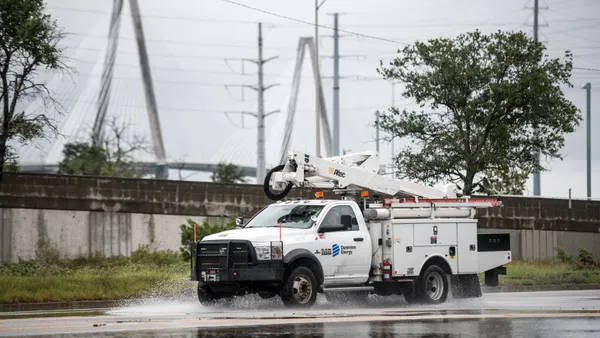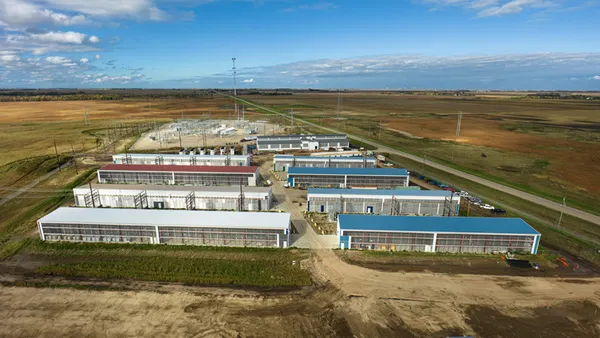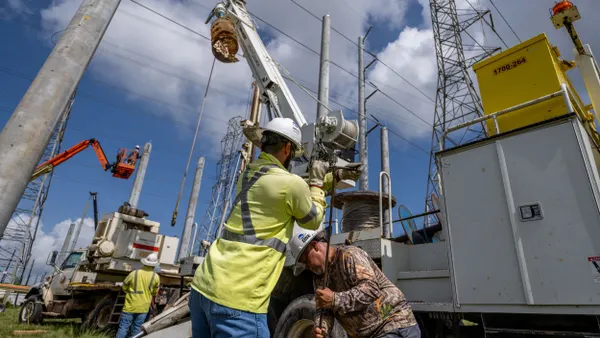Dive Brief:
- National Grid has proposed a 1,200 MW transmission project linking New England with Canadian hydro resources. The project could lower energy costs more than $1 billion over a decade, the utility said.
- The Granite State Power Link would consist of two segments: a new high-voltage, direct current overhead line running from Norton, Vermont, to Monroe, N.H., and an upgrade of an existing National Grid overhead line in New Hampshire.
- To minimize cost and impact, National Grid said the line would largely utilize existing rights of way. It is also a commercial project, with investors rather than ratepayers picking up the tab.
Dive Insight:
National Grid, seeking ways to move additional renewable power into New England, has proposed an investor-backed transmission line it says help will reduce energy prices over a 10-year period, along with creating thousands of temporary jobs and tax revenues for communities.
John Flynn, National Grid senior vice president of business development, said the project has ability to lower power rates, develop economic investment in the region, return environmental benefits and utilize existing rights of ways to minimize impacts.
"Our stakeholder engagement and outreach is underway," Flynn said in a statement. "Community dialogue and engagement will be a hallmark of GSPL.”
Despite the commercial nature of the project, National Grid added it is partnering with an investor — non-profit Citizens Energy, which pledged to use half of its own profits from the project to fund energy assistance programs in New Hampshire and Vermont.
The project will create about 2,000 jobs during construction and is expected to lower energy costs $1.2 billion over decade.
A map of the project's proposed route can be found here. The southernmost portion of the project would also include a proposed switching station and a few miles of related new transmission lines, the company said.
Last year, National Grid completed another clean power transmission link in the region: The "sea2shore" project connected Deepwater Wind’s 30 MW Block Island offshore project with the Rhode Island mainland grid.














